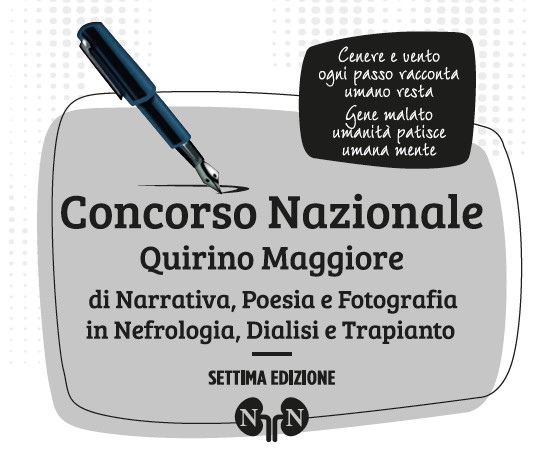Most read articles by the same author(s)
- Duccio Lombardi, Organ Decellularization: A Physiological Matrix for Organ Regeneration in Vitro , Giornale di Clinica Nefrologica e Dialisi: Vol. 25 No. 3 (2013): July-September 2013
- Tommaso Alterini, Duccio Lombardi, New Techniques of Transgenesis and Imaging: Applications in Neurology and Nephrology. Part II , Giornale di Clinica Nefrologica e Dialisi: Vol. 28 No. 3 (2016): July-September 2016
- Duccio Lombardi, Tommaso Alterini, New Techniques of Transgenesis and Imaging: Applications in Neurology and Nephrology. Part I , Giornale di Clinica Nefrologica e Dialisi: Vol. 26 No. 2 (2014): April-June 2014
- Duccio Lombardi, When science does not improve human knowledge and progress: the STAP cells’ case , Giornale di Clinica Nefrologica e Dialisi: Vol. 27 No. 1 (2015): January-March 2015
- Sara Nardi, Duccio Lombardi, The cell cycle: what it is, how it was and how it will be studied , Giornale di Clinica Nefrologica e Dialisi: Vol. 27 No. 2 (2015): April-June 2015
- Duccio Lombardi, Therapeutic Perspectives in the Treatment of Addison's Disease , Giornale di Clinica Nefrologica e Dialisi: Vol. 25 No. 1 (2013): January-March 2013











